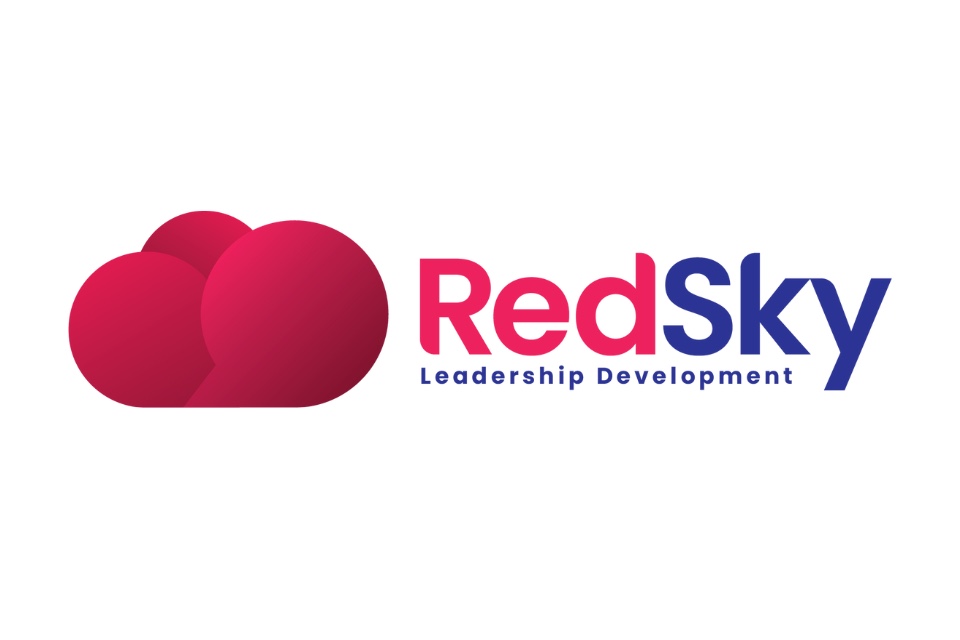By Colin Hughes, Founder of CHughes Coaching
I’ve lost count of how many managers I’ve spoken to who describe their week as “90% firefighting.” They’re constantly reacting – to blockers, people issues, shifting priorities – yet rarely have time to lead. On the surface, the team delivers. But beneath it? Stress, disengagement, and quiet resignation.
I know that rhythm all too well. Before becoming a leadership coach, I managed engineering teams where firefighting felt like the default setting. The to-do list never ended, and every urgent request seemed business-critical. The real problem wasn’t the pressure – it was the lack of space to think, prioritise, and lead with intention.
The Real Cost to HR
For HR leaders, firefighting managers represent an invisible cost. They keep things moving, but the strain spreads:
- Turnover rises as teams feel micromanaged or unsupported.
- Engagement drops, especially among high performers craving clarity and autonomy.
- Wellbeing suffers, yet burnout gets mistaken for commitment.
Gallup’s research shows that 70% of engagement variance comes down to the manager. So, when leaders are trapped in firefighting mode, the ripple effect across retention and performance is huge.
Why It Keeps Happening
In most organisations, new and mid-level managers are promoted for their technical skills or reliability – not because they’ve been equipped to lead.
Then they’re dropped into a whirlwind of competing priorities, people challenges, and limited psychological safety to admit they’re struggling.
I’ve coached managers who feel guilty for even wanting to slow down. They fear it’ll look like they’re not coping. HR often steps in reactively – mediation, conflict resolution, performance plans – but by that stage, energy and trust are already drained.
Breaking the Cycle
The first step is reframing what good leadership looks like. HR can make a huge difference by shifting from “support after failure” to “coaching before burnout.”
Here’s what I’ve seen work:
- Create reflection space early. Offer coaching or mentoring to managers during transition points – promotion, team restructuring, or growth spurts. It prevents bad habits from setting in.
- Normalise vulnerability. Encourage leaders to talk openly about workload, uncertainty, or mistakes. When HR models this transparency, others follow.
- Define manager outputs. Many firefighting managers struggle because success isn’t clearly defined. Clarify what “good management” actually looks like in your culture – communication, development, alignment – and reward it.
- Protect thinking time. Leadership is a creative act. Building protected time for managers to plan, review, and learn creates long-term efficiency, not waste.
The Shift Pays Off
When managers move from reactive to intentional leadership, everything changes. I’ve seen teams rebuild trust after months of tension, simply because their manager learned to listen differently. I’ve seen productivity rise once leaders stopped trying to do everything themselves.
The shift doesn’t happen overnight but it starts the moment organisations treat leadership as a mindset to develop, not a role to survive.
About the author:
Colin Hughes is a Mindset and Leadership Coach and founder of CHughes Coaching. A former engineering manager turned coach, he helps tech managers and HR leaders build confident, self-aware teams through empathy, mindfulness, and NLP-based coaching.
Find out more about CHughes Coaching here









